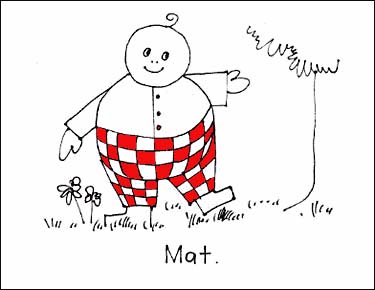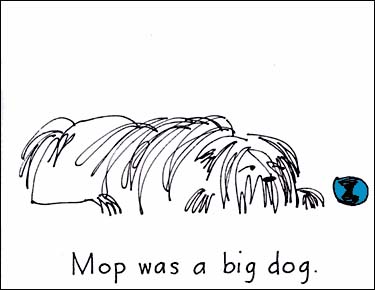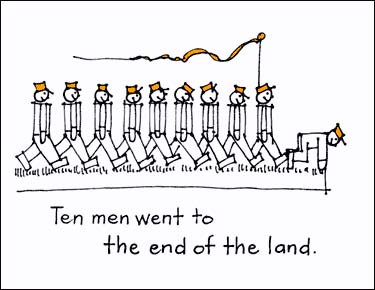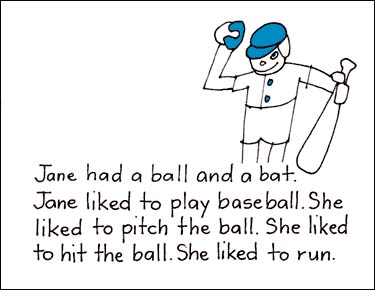When my boys were each learning to read, the responsibility of finding just the right books to help them learn and eventually succeed at reading was…well, a bit intimidating. We all want our kids to feel good about the experience of learning to read -- and reading experiences, both in school and at home, are critical to setting the stage for reading confidence and a lifetime love of reading.
While there is no one magic book that helps kids turn the corner and read instantly, it is a process with very real stages and steps. I happened upon the Bob Books sets and I have to say that of all of the different early reader series we read at home together, Bob Books really helped both of my boys learn to read.
When they were first learning to read, I was experimenting with all kinds of new books that would hopefully be easy enough for them and I was doing my best to try to map what they were reading at home to the kinds of books they were reading in school. That’s when I learned about Bob Books and bought Set 1 to try out. Soon thereafter, I went out and purchased all 5 boxed sets and this is why:
-
Bob Books take a step-by-step approach to learning to read by focusing each set on a specific stage in the learning to read process.
-
The illustrations are very simple line drawings with silly characters and simple story lines that my boys really liked.
-
Each set of books has 8-12 books and each book is numbered. So, you start with Book 1 and work your way through the set. My boys loved the feeling of achievement that came with accomplishing each new book. They’d exclaim, “I’m on book number 5 now, Mom!” The sets have an inherent progress marker built in that kids love. When they finished a complete set, they felt terrific and they knew that they were on their way to becoming readers.
-
I really like how each set focuses on a few key reading concepts. Throughout the set, each book uses repetition to build mastery of that concept before moving on to another set of concepts in the next set.
- Each book set gets a bit longer and adds a little more complexity – so building up reading stamina is achieved little by little. It’s a great way to pace each new phase of reading for kids. Kids go from reading a book in 5 minutes to longer stories that may take 10-15 minutes. I like the incremental approach to building reading stamina. As they mastered certain reading skills, they built up their ability to read better and for longer periods of time.
I did introduce my boys to each set in order and they read and reread the books within each set many times before “moving up” to the next set. I didn’t want them to feel any pressure about moving through the sets of books at any required pace. Reading is supposed to be fun – and it is exciting when you’re just learning to do it on your own. So, giving your children LOTS of time to engage with books that are easy for them to read helps build their confidence.
When I thought they were really mastering the concepts in a particular set and could read the books fluently, I introduced the next set, but I let them decide if they wanted to try it. We would look at the books in the next set. I’d let them browse through the pictures and the words and in some cases, they would say, “I’m not ready to read that yet. I like set 1 right now.” So, we’d stick with set 1 and in a week or so, I’d reintroduce the next set and say something like, “You’re doing such a great job reading on your own. I can’t believe you’re reading all of these books from cover to cover! I think you might be able to try a new book. What do you say we look at book 1 in the next set?“ Eventually, they made the leap to the next set of books. I never pushed them. I wanted reading to be a fun, happy experience. Giving them control over the pace at which they moved was important. It paid off! Today, they both LOVE to read and gobble up books beyond what I ever imagined.
Happy me, happy boys!
Here’s a quick synopsis of each book set. I do recommend reading them in order. Happy Reading!
Set 1 focuses on introducing three letter words with a focus on specific letter sounds. Example: Book 1 focuses on the letters M, A, T and S. There are 12 books, each 12 pages long. Most of the words are 3 letter words.

Set 2 continues with similar characters from set 1 and focuses on simple 3- and 4-letter words. The stories in this set reinforce the letter sounds learned in Set 1, introduce important sight words that kids need to know, and feature stories that get a little bit longer. There are 12 books that are each 16 pages long.

Set 3 introduces word families – groups of words that share a common base. Example: mop, top, hop. It continues to focus on short vowel sounds and introduces compound words and consonant blends ( for example: sp, bl, tr, etc.) . There are 8 story books and 2 activity books, each with 16 pages.

Set 4 introduces longer and more complex words and new consonant blends. It also includes more common sight words kids need to learn. In this set the stories get a bit longer too. There are 8 books in the set: 4 books with 16 pages and 4 books with 24 pages.

Set 5 introduces long vowel sounds – and the magic of the silent letter “e.” Building on what kids have mastered in the earlier sets, Set 5 continues to include important sight words, longer compound words and new consonant blends too. There are 8 books in the set: 4 books with 16 pages and 4 books with 24 pages.


